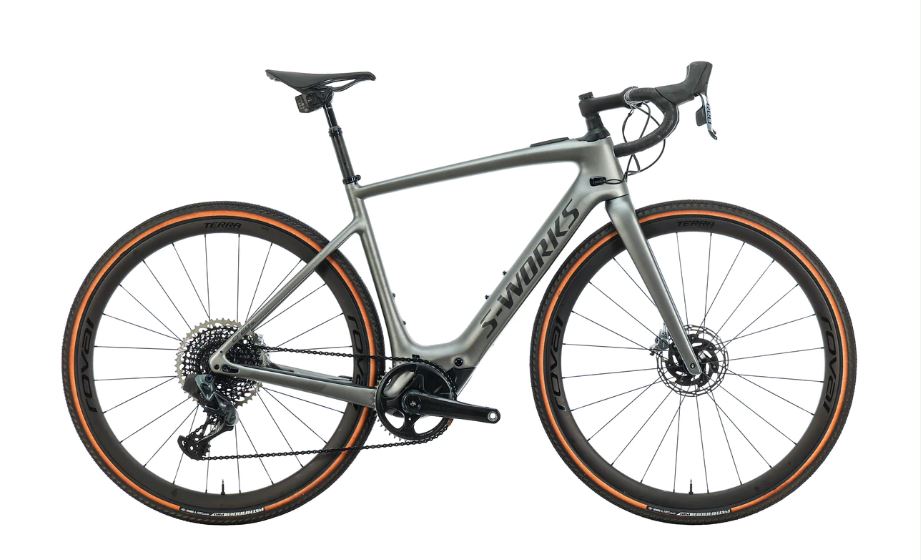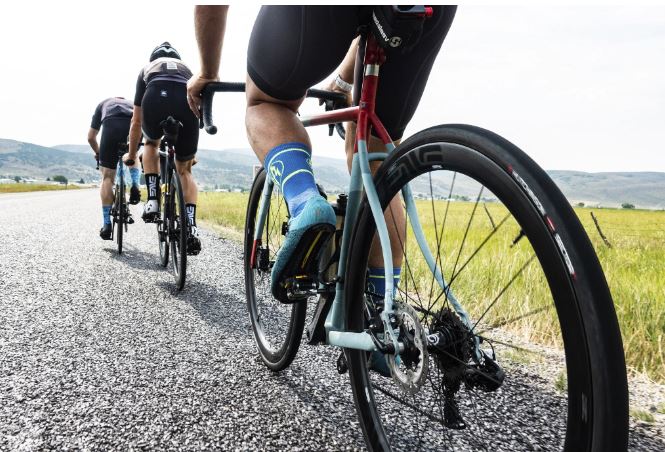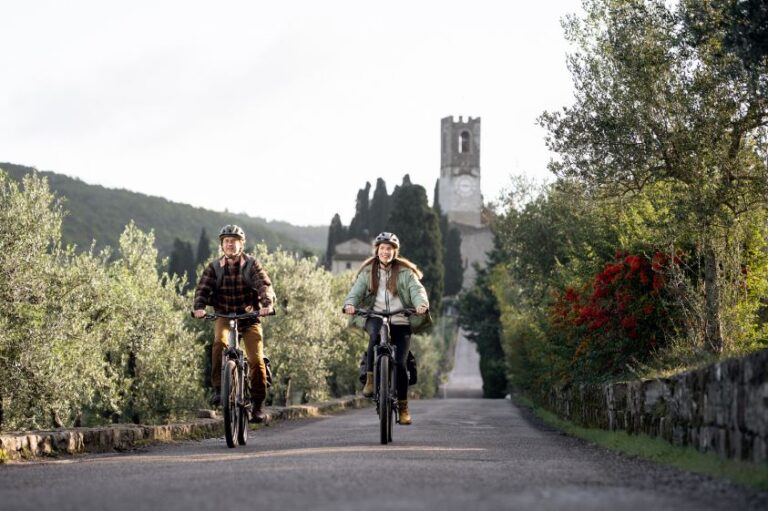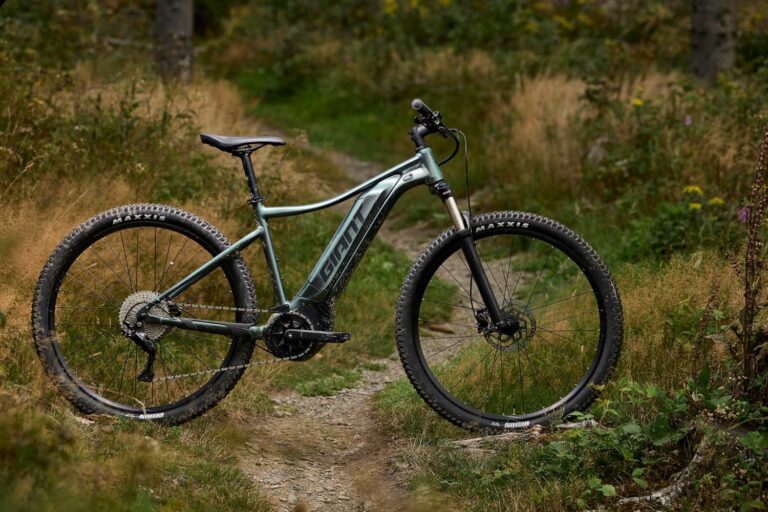Shifting Terrain 101: Drivetrain Technology in Gravel E-Bikes

Key Point Summary of Drivetrain Technology in Gravel E-Bikes:
- Advancements in Drivetrain Technology: Modern gravel e-bikes feature sophisticated drivetrains that cater to the specific demands of off-road and mixed-terrain riding.
- Gearing Options for Versatility: A wide range of gearing options ensures that riders can tackle steep climbs, rapid descents, and everything in between.
- Electronic vs. Mechanical Systems: The choice between electronic and mechanical shifting systems affects precision, weight, and user experience.
- Integration with E-Bike Systems: Drivetrains are increasingly integrated with e-bike systems for smoother assistance and more intuitive control.
In the evolving landscape of cycling, gravel e-bikes stand out as a thrilling fusion of innovation, offering riders the ability to traverse more terrain with less fatigue. My journey through the worlds of mountain biking, gravel grinding, and cyclocross has been a testament to the transformative power of cycling technology.
Drivetrain technology, in particular, plays a pivotal role in enhancing the gravel e-bike experience, offering a blend of efficiency, reliability, and seamless operation that can significantly elevate your ride. Let’s delve into the realm of drivetrain technology in gravel e-bikes, exploring the nuances of gearing options and the debate between electronic and mechanical systems.
The Heart of Gravel E-Bikes: Drivetrain Technology
At the core of any gravel e-bike is its drivetrain system, a critical component that dictates how power is transferred from the rider (and the electric motor) to the wheels. The right drivetrain not only maximizes the efficiency of this power transfer but also adapts to the unpredictable nature of gravel riding, where conditions can shift rapidly from smooth asphalt to rugged trails.

Gearing Up for the Adventure: Gearing Options
Gearing is the unsung hero of a versatile riding experience. On my excursions across varied landscapes, the ability to switch gears seamlessly and maintain momentum, regardless of the incline or surface, has been invaluable. Gravel e-bikes often come equipped with a broad range of gears, sometimes opting for a 1x drivetrain setup for simplicity and durability or a 2x system for a wider range and finer control over cadence. The key is finding a setup that complements your riding style and the terrain you frequent most.
Shifting Perspectives: Electronic vs. Mechanical
The debate between electronic and mechanical shifting systems is as relevant in the world of gravel e-bikes as it is in traditional cycling. Electronic shifting systems, with their swift, precise gear changes and lower maintenance requirements, offer a level of convenience and reliability that’s hard to beat, especially when riding off-road. Mechanical systems, on the other hand, appeal for their tactile feedback and simplicity, often being lighter on the wallet and easier to repair in the field. The choice often boils down to personal preference, riding conditions, and budget.
Seamless Integration: E-Bike Systems and Drivetrains
One of the unique aspects of gravel e-bikes is how the drivetrain technology integrates with electric assist systems. This integration can offer a more natural riding experience, where the motor’s power delivery is finely tuned to match the rider’s input through the gears. Modern systems can adjust the motor’s output based on the gear selected, ensuring a smooth transition across a variety of terrains and gradients.
Drivetrain Technology in Gravel E-Bikes: Wrapping Up
As we continue to push the boundaries of where our bikes can take us, the innovation in drivetrain technology for gravel e-bikes represents a significant leap forward. Whether you’re a seasoned cyclist exploring new horizons or a beginner eager to tackle off-road adventures, understanding the nuances of your gravel e-bike’s drivetrain can enhance your riding experience. From the choice between electronic and mechanical systems to the integration with e-bike technology, the drivetrain is more than just a set of gears—it’s the heartbeat of your gravel e-bike.
To encapsulate the themes and insights from the article on drivetrain technology in gravel e-bikes, the Specialized Turbo Creo SL and the Cannondale Topstone Neo Carbon are standout models. These bikes exemplify the cutting-edge in drivetrain innovations, offering a blend of electronic and mechanical shifting options, wide gearing ranges, and seamless integration with e-bike systems for optimal performance across varied terrains.
The Specialized Turbo Creo SL showcases the potential of electronic shifting systems within the gravel e-bike category, offering riders swift, precise gear changes, and a highly customizable riding experience through its integrated e-bike system. Its lightweight frame and powerful motor complement the advanced drivetrain, making it ideal for explorations that push the limits of gravel riding.

The Cannondale Topstone Neo Carbon, with its innovative Kingpin suspension and a versatile drivetrain setup, demonstrates the advantages of mechanical shifting systems, such as tactile feedback and reliability, along with the benefits of electric assist. Its design focuses on comfort and control, making it suitable for long adventures on unpredictable surfaces.

FAQ
What is the best drivetrain for a gravel bike?
The best drivetrain for a gravel bike depends on personal preference and terrain, but many find that 1x drivetrains, with a single front chainring and wide-range cassette, offer simplicity, reduced weight, and sufficient gear range for varied gravel riding.
What is the drivetrain on an ebike?
The drivetrain on an e-bike typically includes a front chainring, rear cassette, chain, and an electric motor that assists the pedaling effort of the rider, integrated seamlessly to enhance the bike’s performance.
What technology is used in e bikes?
E-bike technology primarily uses electric motors powered by rechargeable batteries. Advanced systems include pedal-assist sensors, controllers for managing power output, and often digital displays for monitoring speed, battery life, and assist level.
Why are 1x drivetrains better?
1x drivetrains are considered better for some riders due to their simplicity (no front derailleur), reduced weight, easier maintenance, and a single shifter for gear changes, making them highly suitable for off-road and gravel riding where complex gear systems can be more prone to issues.
Stay Safe
John





